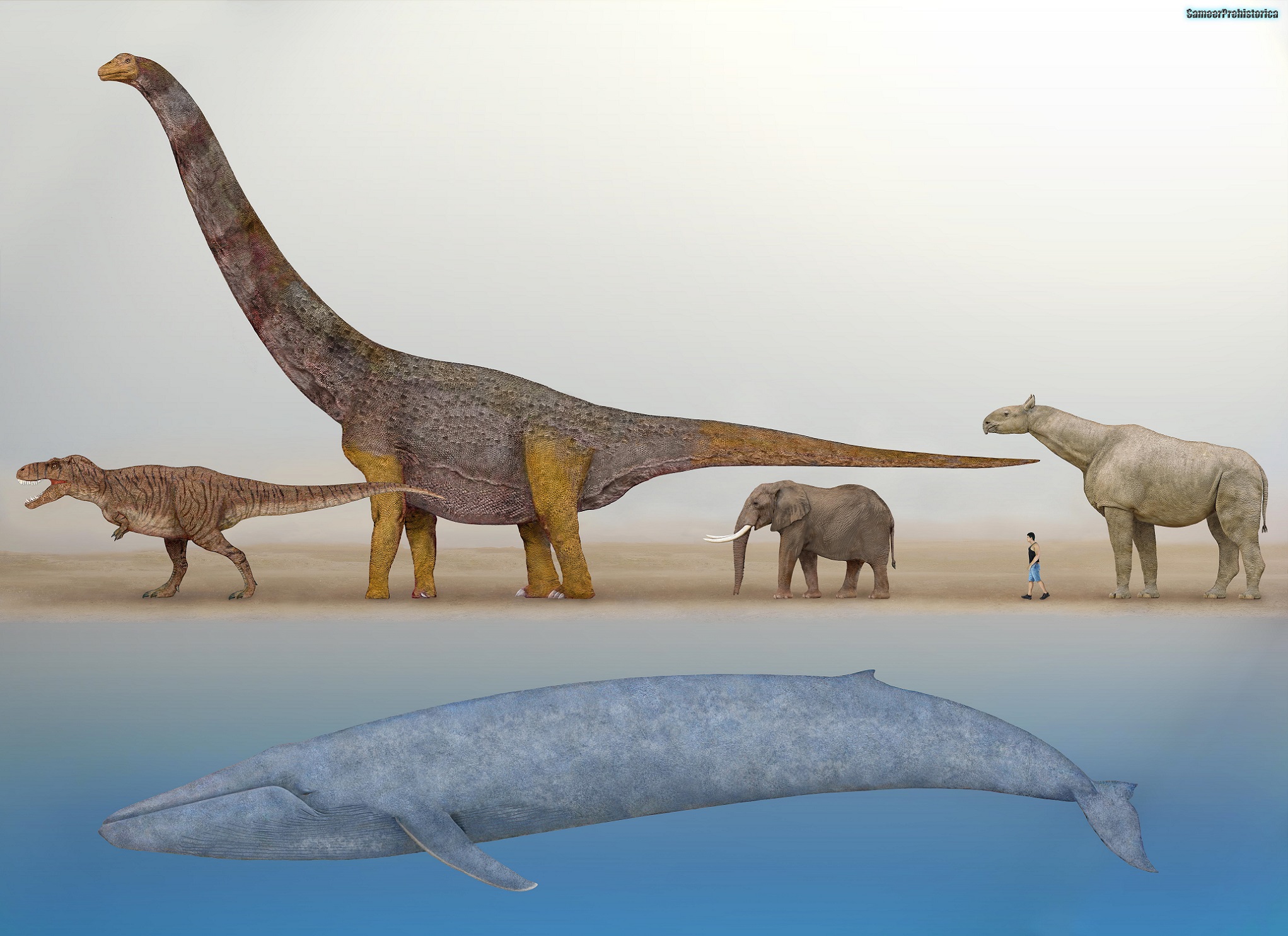
To stumble upon booms of krill yet survive the inevitable busts, blue whales need extreme mobility and large energy reserves. Krill can be superabundant, but only within certain isolated regions of the world ocean, such as upwelling zones and polar oceans. This, as we will see, is the key to their superlative size. They eat krill and only krill, with very few exceptions.

The few lineages that persist today are a mere shadow of that old diversity, and they persist only because their specialties allow them to coexist.Īnd of all present-day rorquals, blue whales are arguably the most specialized. Others became generalists, specializing in dietary flexibility and opportunistic prey switching.ĭozens of rorqual species have arisen and died off since the advent of lunge feeding. Some rorquals learned to target schooling fish.

Not all types of swarming prey were the same, and becoming a specialist of a single kind afforded a crucial competitive edge. The only relief from this pressure was specialization. Other predators-fish, seabirds and seals-were already working the prey field, and competition was fierce. New varieties of prey were suddenly available to the lineage, and the ocean had never reckoned with a predator quite like them. The rise of lunge feeding in the rorquals was momentous. No single species can be understood in isolation it evolved alongside close relatives in the context of an ever-changing environment. What’s going on here? What makes blue whales so special?Īnswering this question, I believe, will require a few more puzzle pieces, particularly perspectives from evolutionary ecology. Compare this to the fin whale, the second largest animal ever: typically 80 feet long and 60 tons-less than half the blue whale’s weight. It may be clear why rorqual whales are so large in general, but of these giants, why are blue whales so much larger than all the others? A blue whale can grow to more than 100 feet long and weigh over 150 tons. This truly is a time of giants: The Age of Whales.īut there’s an elephant in the room. This is why the evolution of the Earth’s largest animals is a remarkably recent event. Suddenly, the rorquals had the prey supply they needed to grow. The mechanics of this strategy align such that bigger mouths (and hence larger bodies) profit more from lunge feeding than smaller mouths or alternative modes of feeding.Īnd so the advent of lunge feeding (about seven to 10 million years ago) provided the energetic incentive structure for enormous size, and a sudden rise in ocean upwelling (approximately five million years ago) provided them with ample prey supply: a serendipitous recipe for bigness.

But a more recent lineage, known as the rorquals, developed a remarkable new feeding strategy known as “ lunge feeding”, which allowed them to access a different type of prey: swarming schools of small fish and krill. The first baleen whales to evolve filter-fed upon plankton-essentially, tiny, drifting sea bugs. We now understand that whale gigantism is tied closely to two things: one, their choice of prey, and two, the coincidence of their evolution with a global increase in the upwelling of nutrient-rich water from the depths of the ocean. But the person who wrote them, biologist Jeremy Goldbogen, understands: When it comes to writing about whales, the scale and mystery of their lives can be difficult to overstate.įor the past two decades, Goldbogen and his network of collaborators have been piecing together a puzzle: Whales are the largest animals to have ever lived- but why? The puzzle pieces were out of reach until the turn of the current century, and in only the last few years have there been enough in place to grasp the bigger picture. “We are truly living in a time of giants.” Lofty language like this doesn’t happen often in scientific literature.


 0 kommentar(er)
0 kommentar(er)
